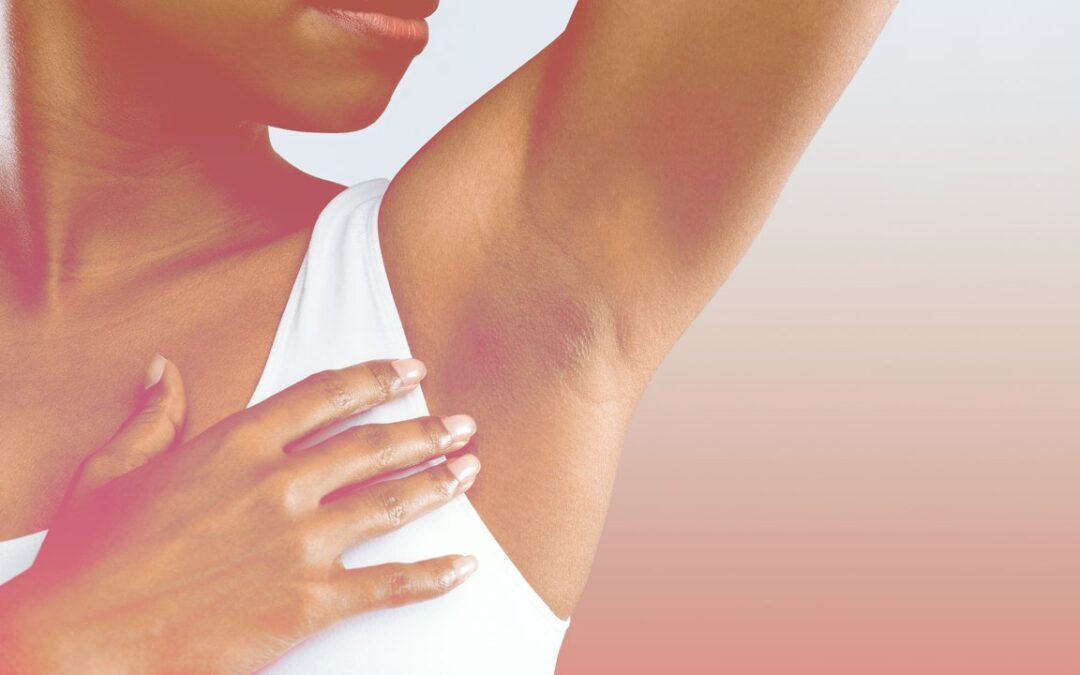The antidote to armpit stains just may be the same stuff that you scan chips’ ingredient lists for: sodium. Yep, really. The brand new Brella SweatControl Patch puts the alkali metal to a totally new and much-anticipated use: controlling hyperhidrosis, which is defined as excessive sweating and affects approximately 15.3 million Americans (though some experts believe the condition is underreported and that number may be even higher).
Like the name suggests, the Brella is a patch. You wear one for three minutes on each underarm and this simple treatment could curb sweating for the next three to four months. It’s administered in a doctor’s office, available by prescription only, and it just got FDA approval today. Brella is expected to begin rolling out at dermatologists’ and plastic surgeons’ offices later this summer.
Meet the experts:
- Robert Anolik, MD, is a board-certified dermatologist in New York City.
- Mona Gohara, MD, is a board-certified dermatologist in Hamden, Connecticut.
- Niquette Hunt is CEO of Candesant Biomedical.
How does the Brella SweatControl Patch work?
The patch is an exciting new development in the world of hyperhidrosis treatment, for sure, but it’s “based on a very old scientific principle,” says Niquette Hunt, CEO of Candesant Biomedical, the company behind the patch.
That principle is a straightforward scientific reaction: Sodium reacts with water to produce heat. Now here’s the innovative part: Sweat is about 98 percent water. So when you wear the patch — which contains sodium — and water from overactive sweat glands comes into contact with it… you guessed it! You get heat. “The interaction of water and sodium generates a targeted amount of heat and you get microthermal injury into the sweat gland that inactivates it for a period of time,” says Hunt, explaining that it’s not all that dissimilar to the way skin-tightening and hair-zapping devices work. “Many energy devices deposit microthermal energy into the skin to affect a change.” Except, instead of being plugged in, the patch is powered by your own body.
“The mechanism is quite clever,” says Robert Anolik, MD, a board-certified dermatologist in New York City. “It’s a completely novel method of sweat reduction compared to other modalities.” Two of the most popular, he says, include Botox injections and miraDry (a thermal-energy device). But the patch “avoids needles in people who are needle phobic [and] miraDry is a more involved procedure that can lead to (expected and tolerable) swelling and tenderness. The patch could theoretically avoid those downsides,” says Dr. Anolik. “It is exciting to have this novel tool.”

